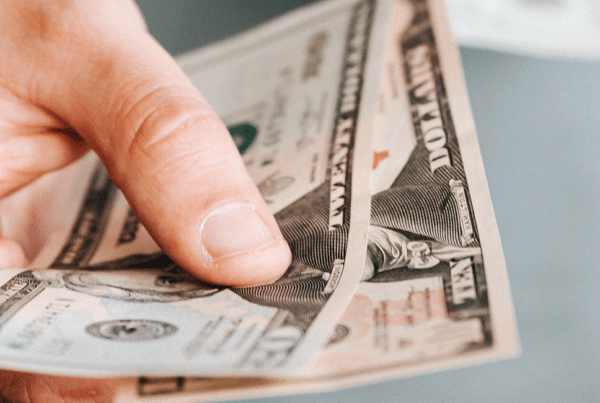
I don’t have a reason to save right now, no need to make room in the the budget.
You don’t necessarily need a reason to save. In fact, often times people find it easier to save when you’re not battling the want of a specific item. Setting up and following a small savings plan means when the time comes that you do want something, you may just have the cash to splurge.
Obviously, savings prove useful in times of emergency, be it big or small. Even though it might be a very small amount, when it’s used at the right time of need, it’s a huge relief.
Believe it or not, one of the toughest things about saving money is to just get started! But as you’ll see, the simple ways mentioned below will help you achieve your savings for the set goal, or just because.
Set a money saving goal.
The best thing to get started is to set a money saving goal. With advanced technologies, many bank or third party budgeting apps have a ‘Picture my Goals Tool’ to set up and track your savings.
Think of something you want to save for. It can be as simple as buying a new tennis racket you might be longing for, or a branded watch you’ve had your eye on. It might even be planning for a holiday trip or vacation with your family. Setting a goal is the foremost necessity to start savings as it helps you determine the budget you need to achieve your goal.
Now, having set the goal, you need some planning to save your money from the regular expenses. I know, but there is no extra money! The truth is, when someone really analyzes their budget honestly and objectively, there is usually room to save somewhere. It’s certainly not always easy, making these cuts to achieve your goal, but necessary.
The following tips will help you in your savings.
Figure out regular expenses.
The first thing towards savings is to record your monthly expenses. Figure out every little expense big or small. Once you have the raw data, categorize the figures and organize the numbers. There are many online tools available for doing so.
Some tools will find these for you. We did an article recently on the cost of subscription based services that may surprise you. Adding these up and cutting some luxuries can really boost your saving ability. Not to mention make room in the budget,.
Decide on a budget before you make room in the budget.
From the list of your regular expenses, plan out a workable weekly or monthly spending budget. Try and limit your overspending and plan how to make room in your budget. Focus on forming better money spending habits.
While planning the budget, make sure to include the hidden expenses that may not be fixed but occur regularly in addition to your monthly expenses. These could be oil changes on every third month, or gas money for the month.
Plan to save money.
The hardest thing to do is to decide on cutting down expenses to save money. But if you really want to enjoy the sense of achievement saving money brings, you have to make up your mind to cut down unnecessary expenses. Try to save 10 to 15 % of your income by compromising on the expenses due to entertainment, dining out, movies, etc. This will also help you to learn better spending habits.
Ensure you’re using the right tools for saving.
It all depends on whether you are planning for short term goals like vacations, down-payment of car, etc or long-term goals like your child’s education, retirement or down-payment of home, etc. that you need to employ perfect tools for saving money.
You can consider the following to save money.
- Savings Account
- Certificate of Deposit
- FDIC – Insured Individual Retirement Accounts (IRAs)
- Securities such as Stocks and Mutual Funds
- The five savings goals you should reach for when you’re in your 20s.
- Build an Emergency Fund.
- Save Up a Down Payment for Your dream Home.
- Start Contributing little to Your Retirement to enjoy your nest egg.
- Start Investing in Funds.
- Inculcate the Habit of Saving Money.
- Work on limiting extra-spending.
How do you plan for savings towards Emergencies?
Planning and accumulating money in a high rate savings account can help you avoid borrowing, lest an emergency occurs. The financial buffer which an emergency fund provides can give you oxygen in a time of need without having to rely on credit cards or take out high-interest loans. It can come out of nowhere. You should be planned for emergencies like an emergency room visit, Home-appliance repair or replacement, Major car fixes, and last but not least, unemployment.
Also, emergencies usually demands quick access to your money. So, it is crucial that you wisely decide about where to put your emergency fund. One option is to put it in a high-yield Savings Account which is federally insured up to $ 250,000.
Follow these simple steps and enjoy the journey of saving money. You will definitely stand with your collar up after you achieve your set goals.
Your partner in debt relief,
Consumer First Financial





